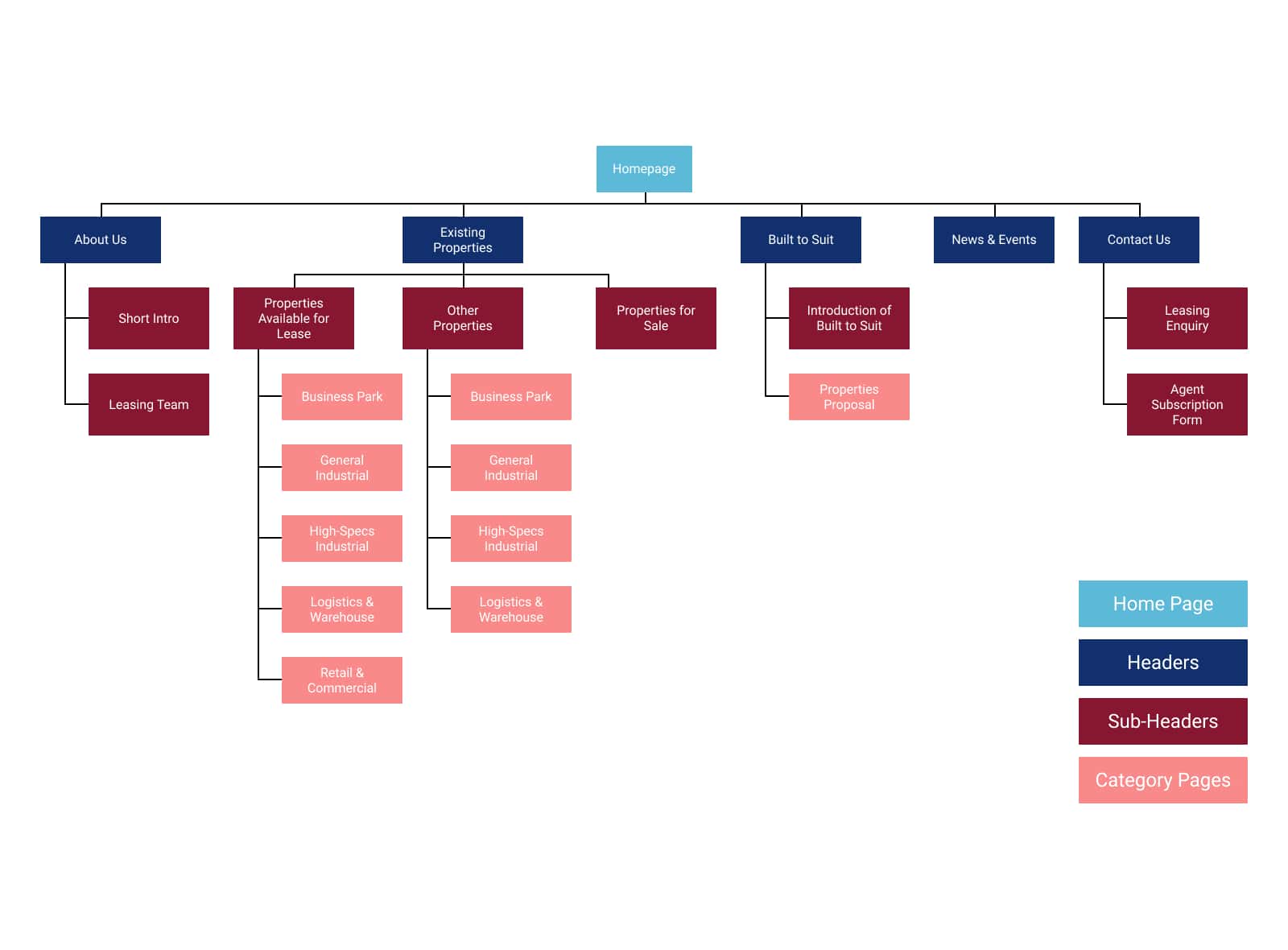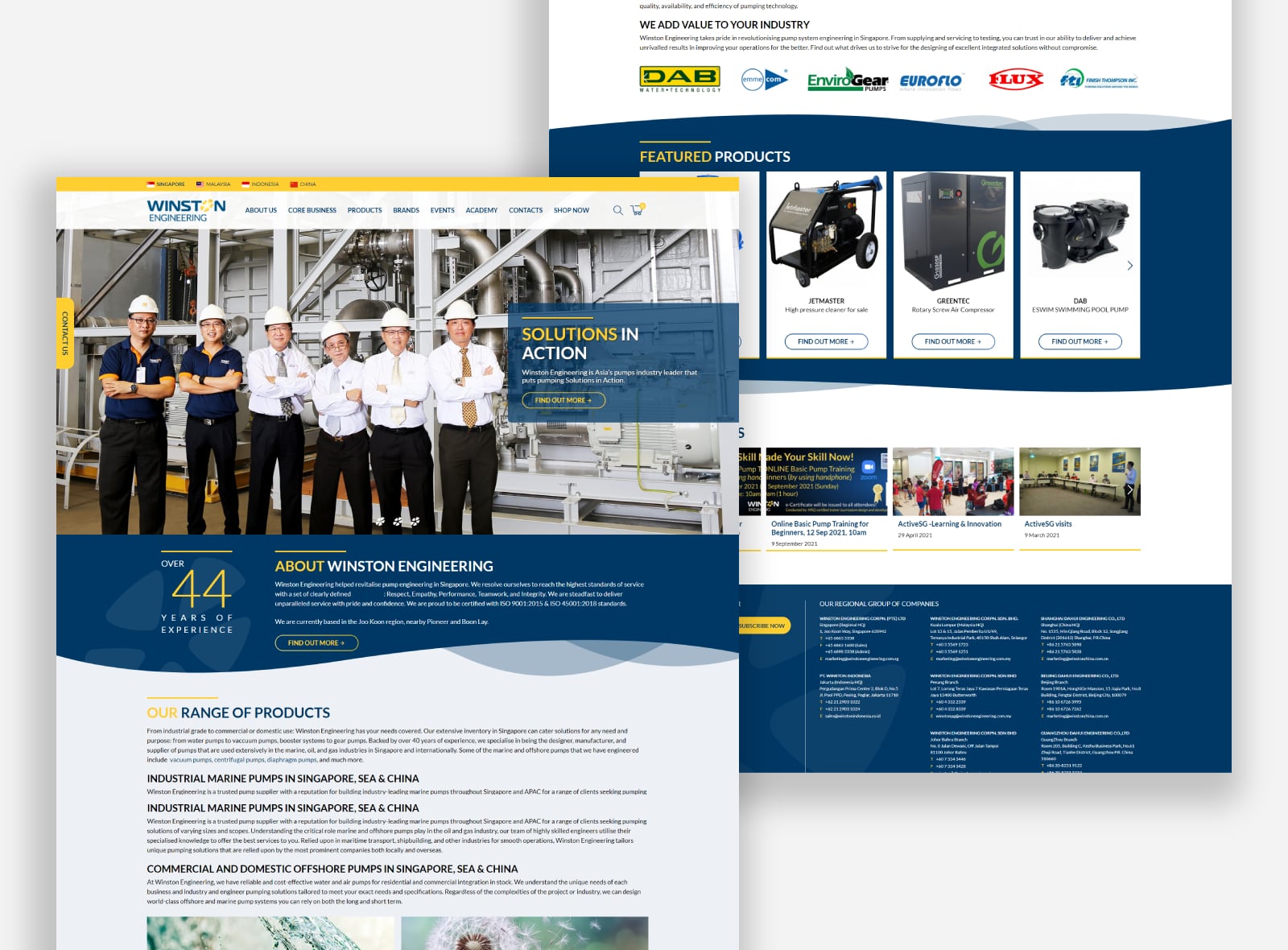
In today’s digital age, it is almost unheard of for businesses to not have their own website. In fact, even some non-business owners create their own website design to showcase resumés and portfolios. Company websites are highly important as they are the first point of contact consumers get with businesses when sourcing for more information.
From the aesthetics of the website to the content and user experience, it all ties in with how consumers perceive your brand and the associations formed with it. No doubt, first impressions count. 38.5% of users judge a business by how their website looks at first glance. However, designing and developing your own website without experience can be a daunting task. Therefore, in this article, we provide a step-by-step guide to walk you through your website creation journey.
Step 1: Identify the Purpose
Before even thinking about the web design and technicalities, start with your website’s goal. The purpose of your website influences the design and different elements involved. Why are you creating this website? Who is the target audience? What are you trying to achieve by having this website? Being able to address these questions will provide you with a rough idea of how your website is supposed to look and function.
Step 2: Define the Scope
With a better understanding of your website’s goals, the scope of your website comes next. This involves thinking about the webpages and features your website needs to best fulfil its purpose. It is also best to set a timeline to keep you on track and minimise delays.
Step 3: Create the Sitemap and Wireframe

Next, creating your sitemap and wireframe gives you more concrete visualisation of the website design, different webpages and what each webpage will contain. For professional website designers, having sitemaps and wireframes empower a more seamless process between them and their clients. They allow customers to get an overview of the different attributes and elements that will be incorporated before the designer executes it. Without the sitemap and wireframe, there lies the risk that the web design outcome might end up differently from what you expected and not fulfil its desired purpose. Think of sitemaps and wireframes as the skeleton that will eventually hold everything together.
Step 4: Content Creation
Now that your sitemap and wireframe has been finalised, it’s time to curate content. Look at each individual page and think about what you want people to know upon landing on each page. When it comes to content creation, it is also best to keep search engine optimisation (SEO) elements in mind. Quality content combined with the right keywords can get your website ranking high on search engine results pages (SERPs). Your content is what helps spur your digital marketing efforts.
Step 5: Design, Aesthetics and User Experience

Design and aesthetics is perhaps the most enjoyable part for many. After all, humans are visual creatures. For businesses, branding is a priority. Ensure that your website design reflects your brand image, from the colours to the layout used. Website builders can be a helpful tool for beginners. It enables users to design, personalise and publish a website without coding knowledge.
However, while website builders may make for an effortless website creation process, the available templates may not reflect your brand or align with the sitemap and wireframe you have created. In this case, it is best to engage the services of an experienced web design and development company to cater to all your needs. They can also assist you in creating a good user experience, which is key to building a good brand image as well.
Step 6: Testing
With content and design all encapsulated into your wireframe, you now need to check if it works when users visit your website. Leverage automated site crawlers and browse your website across different devices to ensure that it is free of issues including broken links, slow loading times and mobile incompatibility.
Step 7: Launch!
Once you have verified that everything is in order, you can launch your website! Ideally, your launch date should be in line with your timeline plan in step 2.
Creating and developing a website takes a lot of planning and strategising. Nevertheless, the benefits are bountiful, whether it is strengthening your brand or driving conversions. Ultimately, with the technicalities involved, it may be best to engage a web design and development company to support you, especially if you are new to it.
At eFusion Technology, not only do we possess the expertise required to design and develop your website, we also provide solutions to help market it. Get the website traffic you deserve and contact us for more information today.

